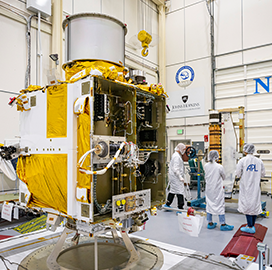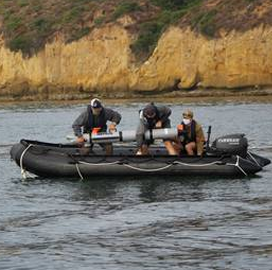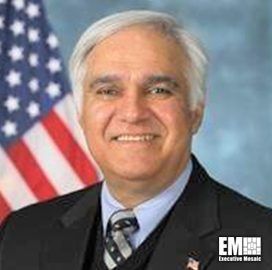NASA and Johns Hopkins Applied Physics Laboratory are in the final phases of building a spacecraft designed to demonstrate asteroid deflection for planetary defense. The space agency said Friday that its Double Asteroid Redirection Test (DART) will use kinetic impactor technology to alter the motion of an asteroid.
DART, in its final stages of construction, is now equipped with Didymos Reconnaissance and Asteroid Camera for Optical (DRACO) and the Roll-Out Solar Arrays (ROSA).
DRACO and ROSA will help DART navigate and travel to the Didymos asteroid system. The International Space Station tested an earlier version of the Redwire-developed ROSA in 2017.
“With the successful installation and testing of two critical technologies, DRACO and ROSA, we're very confident that DART is ready to complete its final system testing and reviews before shipping to the launch site," said Betsy Congdon, a mechanical engineer working on DART.
NASA plans to launch DART on SpaceX's Falcon 9 rocket in November and expects the spacecraft to approach Dimorphos, a moonlet orbiting the Didymos asteroid, in the fall of next year.










